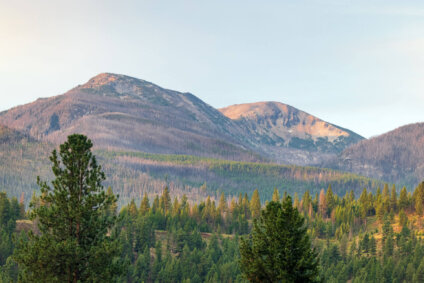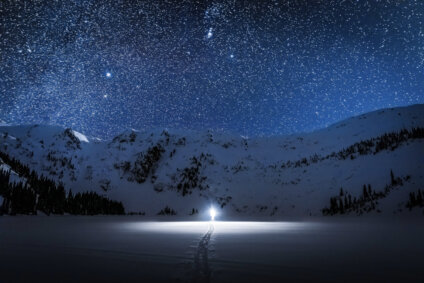Deep Dive: How the Nez-Perce Clearwater Plan Falls Short
It puts 40,000 acres of critical wolverine and mountain goat habitat on the chopping block
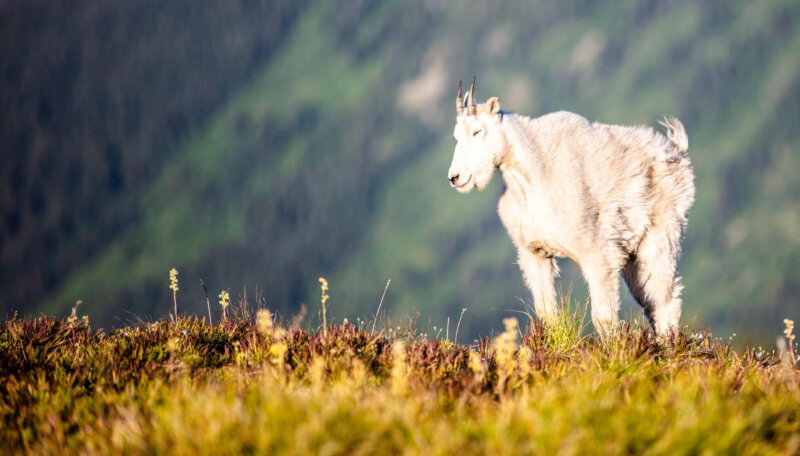
Stretching nearly 100 miles along the Idaho-Montana border, the Great Burn is a mosaic of old-growth forests, lush meadows, alpine tundra, dramatic cliff faces, and clear lakes and streams – a haven for fish, wildlife, and backcountry travelers seeking solitude.
Now, its wild character and sensitive wildlife are at risk because of the Nez Perce-Clearwater National Forest’s pending decision to open up large chunks of the area to snowmobile use.
On November 28, the Forest Service released the draft final plan for the Nez Perce-Clearwater. It proposes opening up over 40,000 acres of the Great Burn roadless area – crucial habitat for mountain goats, wolverines, and elk, and prized alpine terrain for hikers and horse packers – to motorized use.
Specifically, we’re extremely disappointed by the Forest Service’s decision to decrease recommended wilderness acreage in the Hoodoo Roadless Area and omit wildlife standards for sensitive species, particularly mountain goats and wolverines.
The good news is that the plan isn’t set in stone. We’re preparing to submit formal objections, and members of the public – that’s you – also have 60 days to submit objections and seek changes before the Forest Supervisor finalizes it.
We’ve made the objection process easy by drafting the main points, but please customize this message to make the objection your own.
Read on for more details about what we’d like to see changed in the final draft.
Submit Your Objection Today
The Great Burn’s wild character and sensitive wildlife are at risk because of the Nez Perce-Clearwater National Forest’s pending decision to open up large chunks of the area to snowmobile use. Personalize your objection using our easy-to-use tool.
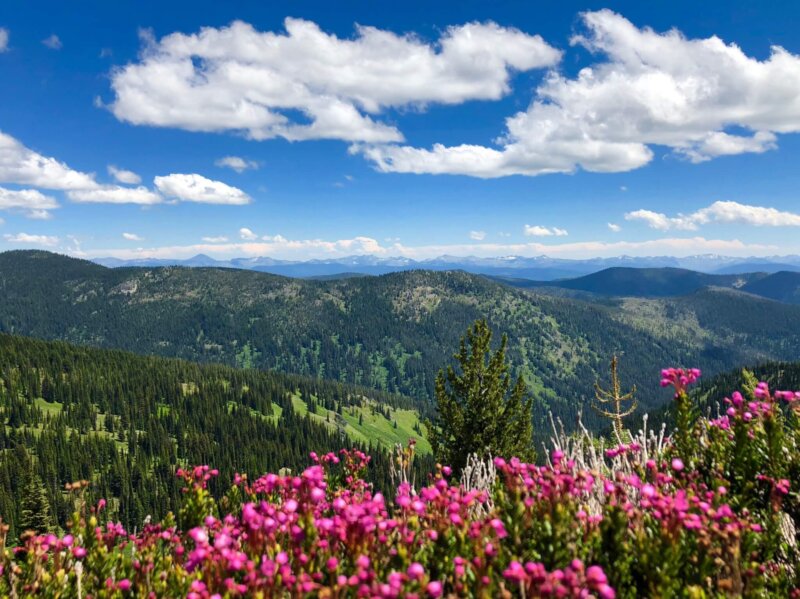
Hoodoo Roadless Area
The Great Burn ecosystem is a complex of wild roadless areas extending from Lolo Pass to Lookout Pass. It’s the traditional homeland of the Bitterroot Salish, Pend d’Oreille, Kootenai, and Nez Perce Tribes, and is today named for the historic, sweeping fires that took place across this landscape in 1910.
At the heart of the Great Burn is the 275,000 Hoodoo Roadless Area, one of the largest and wildest roadless areas in the Lower 48. The Forest Service has given this area one of the highest wilderness ratings of any area in the National Forest System since the 1970s, and its wildness is a primary reason the Great Burn has been recommended for Wilderness designation since the 1980s.
The Hoodoo Roadless Area is split, with 151,874 acres in the Nez Perce-Clearwater National Forest in Idaho and 105,129 acres in the Lolo National Forest in Montana. The Nez Perce-Clearwater Forest Plan proposes opening up nearly 40,000 acres of critical wildlife habitat in the Hoodoo to snowmobiling and mountain biking. It would remove recommended wilderness status from two significant sections of the roadless area: a northern area between Fish Lake and Hoodoo Pass and a southern area around Blacklead Mountain. Snowmobiles have been illegally accessing these areas for years, and now the Forest Service has used the planning process to legitimize illegal use, despite the fact that it has recommended these areas for wilderness designation since 1987.
The Nez Perce-Clearwater Forest Plan proposes opening up nearly 40,000 acres of critical wildlife habitat in the Hoodoo to snowmobiling and mountain biking.

The way the Nez Perce-Clearwater decides to manage the Hoodoo in Idaho will also influence how the Lolo National Forest evaluates its management of the Montana side. The Lolo is kicking off its own forest plan revision process in early 2024. It’s critical that the Forest Service prioritizes managing the entire Hoodoo Roadless Area as Recommended Wilderness across both states to ensure that it is protecting its wild character and wildlife habitat.
Wildlife Habitat
The Nez Perce-Clearwater is proposing opening large tracts of high-quality wolverine and mountain goat habitat to snowmobiling and mountain biking. On top of that, the draft final plan includes only vague language about protecting habitat and there are no binding standards for managing habitat for wolverines, mountain goats, or grizzly bears.
The day after the plan was released, on November 29, the U.S. Fish and Wildlife Service announced that it would list the wolverine as threatened under the Endangered Species Act in the Lower 48. This listing means the Forest Service must ensure its decisions do not jeopardize wolverines’ survival or adversely affect their critical habitat.
Impact on wolverines
Wolverines have particularly narrow habitat needs, and the Great Burn is one of a shrinking number of areas that meet those needs. Climate change modeling has predicted reductions of spring snowpack in wolverine breeding range; female wolverines make dens in spring snow, making consistent spring snowpack crucial to the species’ survival. The Hoodoo Roadless Area contains the most acres of high-importance wolverine habitat in the Nez Perce-Clearwater National Forest, and as the climate continues to change, maintaining its wild character and late-season snowpack will be crucial if wolverines are to continue to exist in the area.
While climate change will continue to reduce wolverine habitat, it will simultaneously restrict winter recreationists to these waning areas that maintain persistent snowpack. This overlap will impact maternal denning success and lead to habitat loss and population declines.
Additionally, research has shown that off-road motorized winter recreation has serious consequences for female wolverines, encouraging them to avoid areas where human use occurs more often. Accordingly, the Forest Service’s decision to open large sections of the Hoodoo Roadless Area flies in the face of the recent listing decision and threatens wolverines’ survival.
Impact on mountain goats
Moreover, the new Nez Perce-Clearwater Forest plan does not include standards for mountain goats. This conflicts with the Lolo National Forest’s recent decision to classify mountain goats as a “species of conservation concern,” which requires the Lolo to take steps in its Forest Plan to ensure the viability of the species into the future.
Regional Forest Service staff decide which species are considered species of conservation concern on a per-forest basis. Both the Lolo and the Nez Perce-Clearwater are managed by the same regional office, but the proposed decision to have mountain goat plan standards on the Montana side and zero standards on the Idaho side of a contiguous roadless area is impracticable. Wildlife does not abide by administrative boundaries. The Forest Service’s own analysis shows mountain goats in the Great Burn are in need of protection.
The Forest Service’s own analysis shows mountain goats in the Great Burn need protection. The goat population on the Idaho side of the roadless area has been on a serious decline in recent years. The Nez-Perce Clearwater Forest Plan is detrimental to the future of the herd.
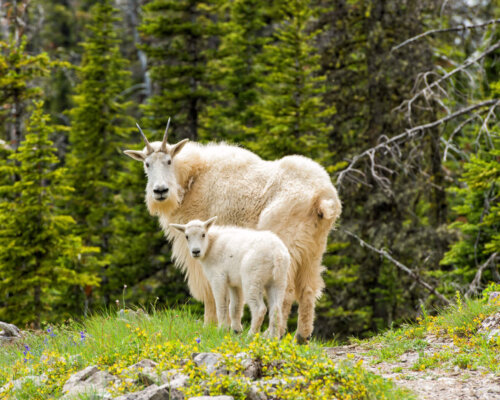
The Nez-Perce Clearwater’s decision is especially unacceptable given that the mountain goat population on the Idaho side of the roadless area has been on a serious decline in recent years and this plan is detrimental to the future of the herd.
What’s Next
Together, we can make it clear to the Forest Service that a wild, non-motorized Great Burn provides the best and most sustainable opportunities for wildlife, habitat, and recreation well into the future for both Montana and Idaho.
If you commented during previous steps in the forest planning process, you can help shape the future of these wild places by submitting an objection. If you didn’t previously comment, we still encourage you to submit an objection, though the Forest Service isn’t obligated to consider it. While writing your objection, please be clear about whether you previously submitted a comment or not.
Objections are due Monday, Jan. 29.
After the objection period is over, all commenters with “standing” – i.e. those who commented at an earlier stage in the process and submitted an objection – will be invited to a Forest Service objection resolution meeting to share remaining concerns. This is a key opportunity to influence the final plan, and I strongly encourage you to attend.
Can’t recall if you previously commented? You can look up your name in the Forest Service’s reading room here. You can also learn more about the draft forest plan and read the Forest Service documents and proposed maps here.
Please contact me if you have any questions about submitting an objection or the details of what the draft final plan is proposing. This plan is a setback, but it’s not the end of the story. There’s still time to speak up and tell the Nez Perce-Clearwater National Forest that we need to fix this plan and keep the Great Burn as wild as possible.
Stay Connected
"(Required)" indicates required fields
